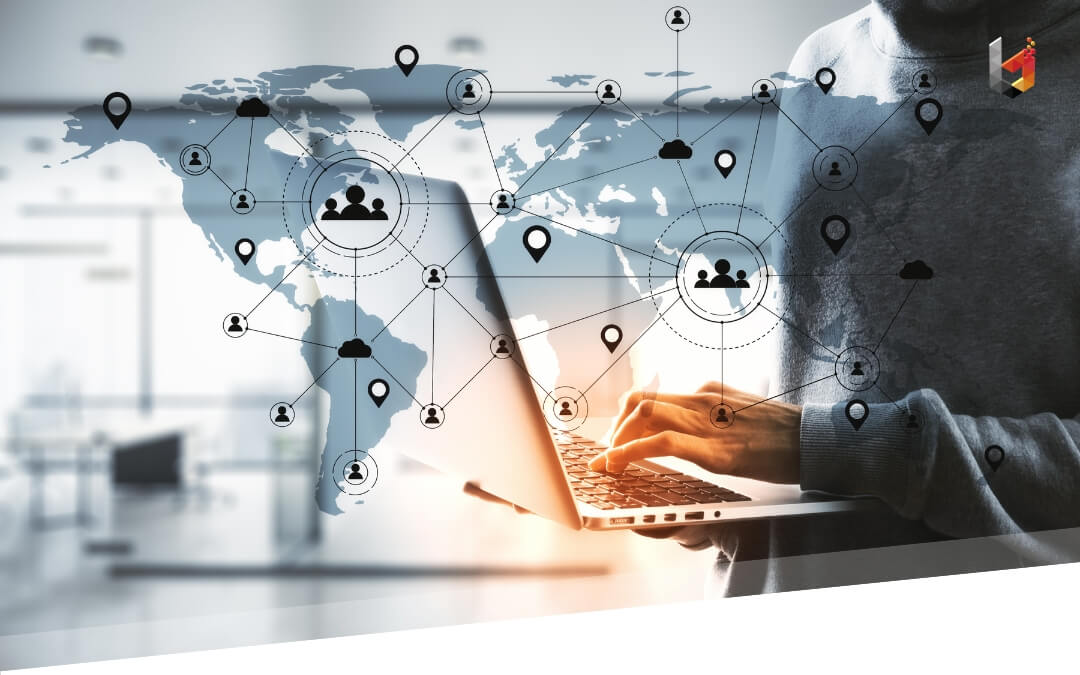Best Practices for Securing Remote Work Environments

In recent years, the landscape of work has undergone a significant transformation, with remote work becoming increasingly prevalent in various industries. This shift has been accelerated by technological advancements and the changing preferences of both employers and employees. However, along with the numerous benefits of remote work come new challenges, particularly in the realm of cybersecurity. As more employees access corporate networks and sensitive data from remote locations, the need to ensure the security of remote work environments has never been greater.
I. Implementing Secure Remote Access
One of the fundamental aspects of securing remote work environments is ensuring that employees can access corporate networks and resources securely from remote locations. This involves the implementation of robust mechanisms for remote access, such as Virtual Private Networks (VPNs) and Multi-Factor Authentication (MFA).
Virtual Private Networks (VPNs)
VPNs create encrypted connections between remote devices and corporate networks, ensuring that data transmitted between them remains secure. By routing traffic through a secure tunnel, VPNs protect sensitive information from interception by unauthorized parties.
Multi-Factor Authentication (MFA)
MFA adds an extra layer of security to the authentication process by requiring users to provide multiple forms of verification before gaining access to corporate resources. This typically involves something the user knows (such as a password) and something they have (such as a one-time code sent to their mobile device).
Secure Wi-Fi Connections and Encryption Protocols
Remote workers should connect to secure Wi-Fi networks and utilize encryption protocols such as WPA3 to protect their connections from eavesdropping and unauthorized access.
By implementing these secure remote access measures, businesses can ensure that remote workers can connect to corporate networks and resources securely, minimizing the risk of unauthorized access and data breaches.
II. Securing Endpoints and Devices
Securing endpoints and devices used for remote work is essential for protecting corporate data and networks from cyber threats. Employers should enforce the following security measures to mitigate the risks associated with remote devices:
Endpoint Protection Software
Install and regularly update endpoint protection software, such as antivirus and antimalware programs, on all remote devices to detect and prevent security threats.
Device Encryption
Encrypt all remote devices to protect data stored on them from unauthorized access in case of loss or theft. Full-disk encryption ensures that even if a device falls into the wrong hands, its contents remain inaccessible without the decryption key.
Remote Device Management
Implement remote device management solutions to enforce security policies, monitor device activity, and remotely wipe data from lost or stolen devices if necessary.
By securing endpoints and devices used for remote work, businesses can mitigate the risk of data breaches and ensure the integrity of corporate networks and sensitive information.
III. Protecting Data Through Encryption
Data encryption is a crucial component of securing remote work environments, as it prevents unauthorized access to sensitive information even if it falls into the wrong hands. Employers should implement the following encryption practices to protect data in transit and at rest:
Transport Layer Security (TLS)
Use TLS encryption to secure data transmitted between remote devices and corporate networks over the internet. TLS encrypts data in transit, preventing eavesdropping and interception by unauthorized parties.
File and Folder Encryption
Encrypt sensitive files and folders stored on remote devices to protect them from unauthorized access. File-level encryption ensures that only authorized users with the decryption key can access the encrypted data.
Data Loss Prevention (DLP) Policies
Implement DLP policies to automatically encrypt sensitive data before it leaves corporate networks or is shared with external parties. DLP solutions can classify data based on its sensitivity and apply encryption automatically to protect it from unauthorized access.
By encrypting data in transit and at rest, businesses can ensure the confidentiality and integrity of sensitive information, even when accessed from remote locations.
IV. Educating Employees on Cybersecurity Best Practices
Employee education and awareness are critical components of any remote work security strategy. Employers should provide comprehensive cybersecurity training to remote workers to help them recognize and respond to security threats effectively. Key areas of focus for employee education include:
Phishing Awareness
Train employees to identify phishing attempts and avoid falling victim to email scams and other social engineering attacks. Teach them to verify the authenticity of email senders and avoid clicking on suspicious links or downloading attachments from unknown sources.
Password Security
Emphasize the importance of using strong, unique passwords for accessing corporate accounts and resources. Encourage employees to enable MFA wherever possible and avoid using easily guessable passwords that can be easily compromised.
Device Security
Educate employees on the importance of keeping their remote devices secure by installing updates regularly, using endpoint protection software, and following best practices for device encryption and management.
Data Handling Procedures
Teach employees how to handle sensitive data securely, including how to store, share, and dispose of data properly. Emphasize the importance of following company policies and procedures for data handling to minimize the risk of data breaches.
By empowering employees with the knowledge and skills to recognize and respond to security threats effectively, businesses can strengthen their overall security posture and reduce the risk of security incidents in remote work environments.
Strengthening Remote Work Security with Technolene
In today’s digital landscape, securing remote work environments is essential for protecting corporate data, networks, and sensitive information from cyber threats. By implementing robust security measures, securing endpoints and devices, encrypting data, and educating employees on cybersecurity best practices, businesses can mitigate the risks associated with remote work and foster a secure and productive remote work environment.
At Technolene, we understand the challenges of securing remote work environments and the importance of implementing effective security measures to safeguard your business assets. Our team specializes in providing comprehensive cybersecurity solutions tailored to the unique needs and requirements of remote work environments. Contact us today to learn more about how we can help you strengthen your remote work security and protect your valuable assets from cyber threats.
Trending Posts
Transform your business with predictive analytics. Learn about maximizing data insights for success with insights from Technolene.
In today's fast-paced business environment, leverage advanced data analytics solutions to harness the power of your data with Technolene.
Explore common data management challenges and strategies to overcome them. Discover how Technolene's solutions can navigate your data journey.



